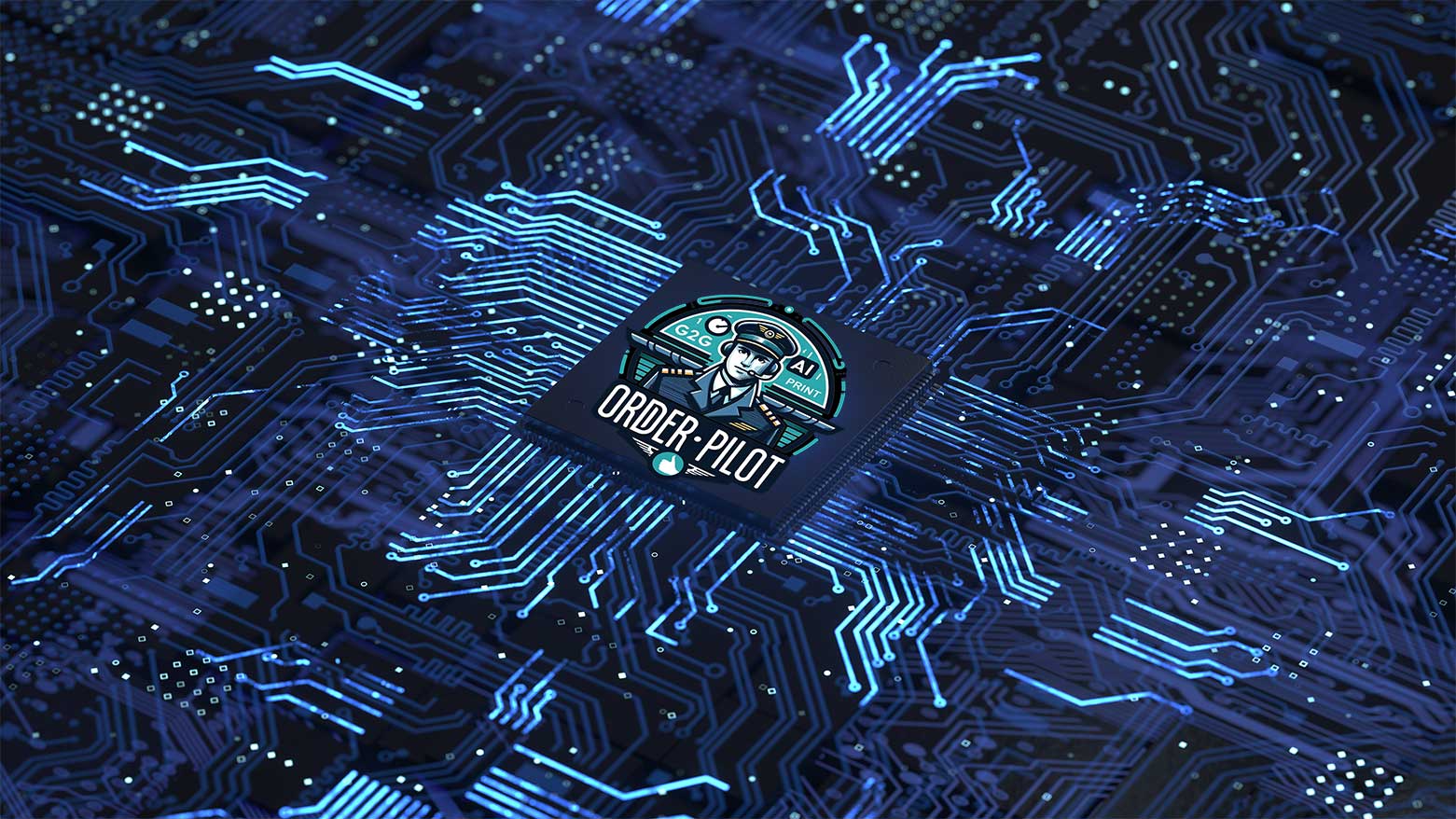Imagine consistently achieving top-notch print quality and efficiency in your print production workflow. The secret lies in a robust preflight process. This essential step involves inspecting and preparing digital files to identify and fix potential issues before printing. We’ll explore two approaches to pre-flighting – manual and automated – and examine their workflows, efficiency, cost savings, and more to help you make an informed decision for your print production.
I. Key Differences between Manual and Automated Preflight Processes
Print professionals painstakingly review digital files in a manual preflight process, checking for issues like incorrect color profiles, missing fonts, or low-resolution images. While this method can be thorough, it can also be time-consuming and susceptible to human error, especially when handling large or complex print jobs.
Conversely, automated preflight processes use software to scan digital files for potential issues automatically. These systems quickly identify and often correct problems, streamlining the preflight process and minimizing the risk of errors.
II. Common Challenges and Benefits of Automation
Manual preflight processes can fall prey to human error, such as overlooking a missing font or missing a low-resolution image. Automation can address these challenges by consistently and accurately identifying potential issues. Moreover, automated preflight processes can catch problems that escape manual checks, like color profile inconsistencies across multiple pages.
III. Quality and Consistency
Both manual and automated preflight processes strive to ensure print quality and consistency. However, automated processes often deliver a more consistent level of quality control due to their ability to apply the same checks and corrections across all files. This consistency benefits industries or print job types that demand uniformity, such as packaging or large-format printing.
IV. Efficiency, Cost Savings, and Evaluating ROI
Manual preflight processes, while diligent, are often labor-intensive and time-consuming. In contrast, automated preflight processes can substantially reduce preflight time thanks to their rapid and accurate issue detection. This increased efficiency can translate to cost savings as quicker preflight checks lead to faster turnaround times and lower labor expenses.
Understanding the return on investment (ROI) for implementing automated preflight processes is crucial in determining if the transition is a financially sound decision. ROI calculation considers various factors, such as time savings, labor costs, reduced error rates, and improved print quality. This section will outline the steps to calculate ROI for implementing automated preflight processes in your print production workflow.
- Calculate Initial Investment Costs: First, determine the initial costs associated with implementing an automated preflight system. These costs may include purchasing preflight software, hardware upgrades, staff training, and any additional resources required for setup.
- Estimate Time Savings: Calculate the time saved by transitioning from manual to automated preflight processes. This can be done by comparing the average time to manually preflight a digital file with the time it takes for the automated process. Multiply the time saved per file by the number of files processed monthly or per year to estimate the total time saved.
- Estimate Labor Cost Savings: Determine the labor cost savings achieved by automating the preflight process. Multiply the total time saved by the average hourly wage of print production staff involved in manual pre-flighting. This will give you an estimate of the labor costs saved.
- Quantify Error Reduction and Improved Print Quality: Measure the reduction in errors and improvements in print quality resulting from automated preflight processes. This can be challenging to quantify but can be done by tracking metrics such as the number of reprint orders, customer complaints, and overall print quality satisfaction. Assign a monetary value to these improvements based on reduced waste, enhanced customer satisfaction, and potential for increased sales.
- Calculate Ongoing Costs: Factor in ongoing costs associated with maintaining the automated preflight system, such as software updates, maintenance, and support fees. Subtract these costs from the labor cost savings to determine the net savings.
- Calculate ROI: To calculate the ROI, divide the net savings by the initial investment costs and multiply by 100 to express the result as a percentage:
ROI = (Net Savings / Initial Investment Costs) x 100
A positive ROI indicates that the investment in an automated preflight process is financially beneficial, while a negative ROI suggests that it may not be a cost-effective decision.
It is essential to consider that ROI calculations can vary based on factors such as the size of your print production operation, the complexity of print jobs, and the specific preflight software chosen. It is crucial to thoroughly analyze your situation to make an informed decision about implementing automated preflight processes in your workflow.
V. Setup and Maintenance Costs
Implementing an automated preflight system typically involves initial setup costs like purchasing software and training staff. Yet, automated preflight processes’ potential time and labor savings can offset these costs. Additionally, ongoing maintenance costs for automated systems tend to be lower than manual processes, which require continuous staff training and potential overtime expenses.
VI. Learning Curve and Transition
Transitioning from manual to automated preflight processes might initially pose challenges for print professionals. Luckily, numerous preflight software providers, including Good2Go Software, offer extensive training resources and support to ensure a seamless shift. By highlighting the advantages of automation and investing in comprehensive training, your team can quickly adapt and thrive with the new workflow. Don’t miss our blog post on navigating change in the printing industry for more insights. Resistance to Change
VII. Adaptability to Industry Changes
Both manual and automated preflight processes must stay current with changes and updates in print industry standards. Automated preflight systems usually include regular updates to ensure compliance with the latest standards, whereas manual processes might require additional training or resources to keep staff current.
Change can be challenging for many people, and it’s essential to recognize and address the factors contributing to your staff’s hesitation to adopt a new workflow solution. By understanding their reluctance, you can develop a strategy to address their concerns and ease the transition to the new system. For more insights on overcoming resistance to change, don’t miss our blog post Overcoming Resistance to Change.
VIII. Limitations and Drawbacks
While automated preflight processes offer numerous advantages, they might only suit some situations. Unique or custom print job requirements may necessitate a human touch to ensure proper handling. Combining automation with human expertise can yield the best results in these instances.
IX. Trends and Future Developments
As technology evolves, preflight automation is poised for significant advancements in the coming years. Staying informed about emerging trends and future developments is crucial for print production professionals seeking to stay competitive and adapt to technological shifts. This section will discuss key trends and future developments in preflight automation, focusing on machine learning and artificial intelligence (AI).
- Machine Learning for Enhanced Error Detection: Machine learning algorithms can analyze vast amounts of data and learn patterns to improve error detection and correction in preflight processes. By training machine learning models on historical print production data, these algorithms can recognize potential issues more accurately, predict print quality outcomes, and suggest corrective actions, leading to further improvements in efficiency and consistency.
- AI-Powered Image Analysis: AI-driven image analysis technologies can assess image quality and suggest enhancements, such as automatic image resizing, color correction, and sharpening. These intelligent algorithms can detect and correct issues like low-resolution images, improper color profiles, and image compression artifacts, further streamlining the preflight process and improving print quality.
- Natural Language Processing for Text Analysis: Natural language processing (NLP) can analyze text within digital files and identify issues such as incorrect hyphenation, missing fonts, or typographical errors. NLP can also automate correcting these issues, saving time and reducing the chances of errors slipping through the preflight process.
- Predictive Maintenance and Optimization: AI-powered predictive analytics can help monitor and maintain the health of preflight software and hardware systems, anticipating potential issues before they impact print production workflows. This proactive approach to maintenance can help prevent costly downtime and ensure that preflight processes continue to operate at peak efficiency.
- Adaptive Preflight Processes: As AI and machine learning technologies mature, we can expect to see the development of adaptive preflight processes that automatically adjust and optimize workflows based on real-time data and feedback. These self-learning systems can continuously improve their performance, enhancing efficiency and quality control in print production.
- Integration with Other AI-Powered Systems: The future of preflight automation may also involve seamless integration with other AI-driven systems in print production, such as AI-assisted design tools, automated print job scheduling, and intelligent inventory management. This integration can create a more cohesive and efficient end-to-end print production workflow, further enhancing productivity and cost savings.
By staying informed about these emerging trends and future developments in preflight automation, print production professionals can better anticipate and adapt to technological advancements. Embracing and integrating cutting-edge technologies like machine learning and AI into preflight processes can lead to continuous improvement, ultimately resulting in a more streamlined, efficient, and high-quality print production process.
Supercharge Your Print Shop: Embrace the Future with Good2Go Software
Are you ready to revolutionize your print shop operations and effortlessly tackle busy times? Look no further than Good2Go Software – the ultimate solution for print shops seeking to streamline client interactions and workflows. Good2Go Software automates various aspects of your process, from job submission to prepress and customer relationship management. Tailored to the unique needs of print shops like yours, our exceptional customer support team is dedicated to helping you succeed.
Don’t miss out on the chance to stay ahead in the competitive printing industry. Reach out to Good2Go Software today and discover how our cutting-edge SaaS print management solution can transform your print shop’s efficiency. Take the leap and harness the power of automation with Good2Go Software.




